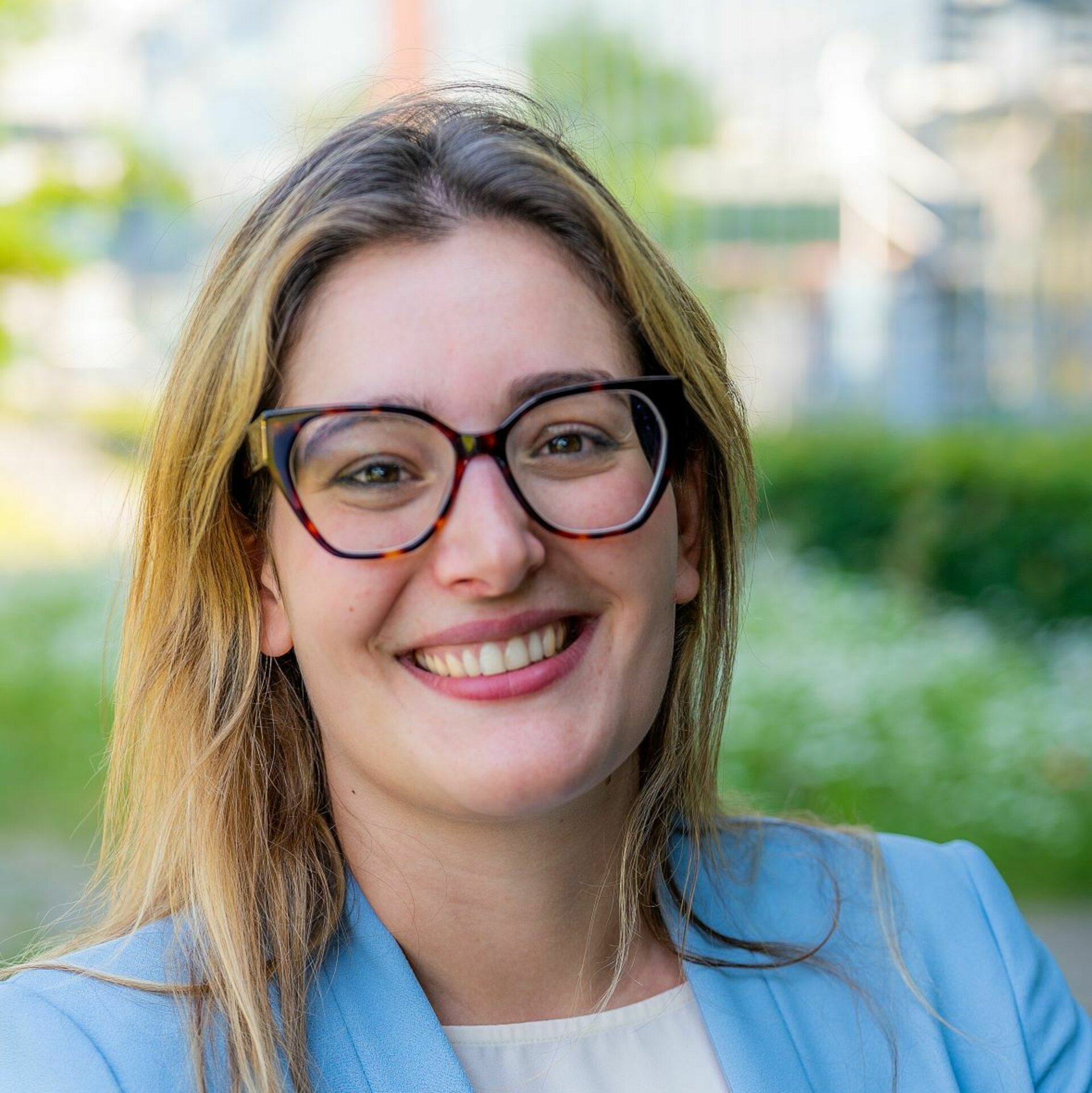| EngD trainee | Ilaria Andreazzoli |
| Project | Housing clustering to accelerate the energy transition |
| University supervisor | dr.ir. L.C. Lisanne Havinga |
| Company supervisor | Rogier Donkervoort, MSc |
| Name of company | TNO |
| Period of project | September 2020 – August 2022 |

Introduction
Parametric simulation approach for multi-objective optimization of sustainable housing renovations.
Making the built environment carbon neutral by 2050 is an important goal in the Dutch Climate Agreement. Just for residential buildings, in the Netherlands there are 7.5 million dwellings that need to be renovated. The current renovation rate is approximately 1% per year, too low to reach the described goal. This low rate is partly due to the application of a scattered renovation approach on a small scale, characterized by high costs and long installation times. The current project contributes to increasing the renovation rate, by developing a clustering methodology to facilitate the standardization and industrialization of housing renovation solutions. Clustering allows us to subdivide the housing stock in groups. Each group is associated with a certain amount of renovation solutions that are optimal for the houses in the group. The term “optimal” here refers to the renovation solutions that delivers the best trade-off between energy performance and cost and provides thermal comfort. Then, if the amount of houses in a group is large enough, the shared optimal renovations can be standardized and industrialized on a large scale. Clustering is a balancing-act between having the most optimal solutions for each housing configuration and ending up with clusters that are suitable to support standardization and industrialization on a large scale. The capabilities a of a clustering system are multiples: • from the point of view of the homeowners, grouping together multiple houses means that when homeowners want to renovate their house, if the house characteristics are input inside the clustering system, the owners can immediately receive a list of renovation solutions that are optimal for their house. Given the fact that these renovation solutions are common to multiple houses, it will be possible for the homeowners to participate together to different large scale tendering procedures, that will allow them to cut the investment costs. • from the point of view of the manufacturer, if a renovation solution is input inside the system, it is possible to define for which housing groups the renovation is optimal. In addition, it is possible to determine how to improve a renovation solution so that it becomes applicable to a higher numbers of houses. The first clustering design focuses on a typical Dutch row dwelling structure with two floors, a habitable attic, and a pitched roof. For a further development of the project, the cluster could be extended to the rest of the row dwellings stock in the Netherlands, allowing the development of large-scale tendering for standardization and industrialization of housing renovation solutions. By doing so, it will be possible to increase the percentage of row dwellings that can be renovated each year, improving the possibilities of reaching a carbon neutral built environment by 2050.
